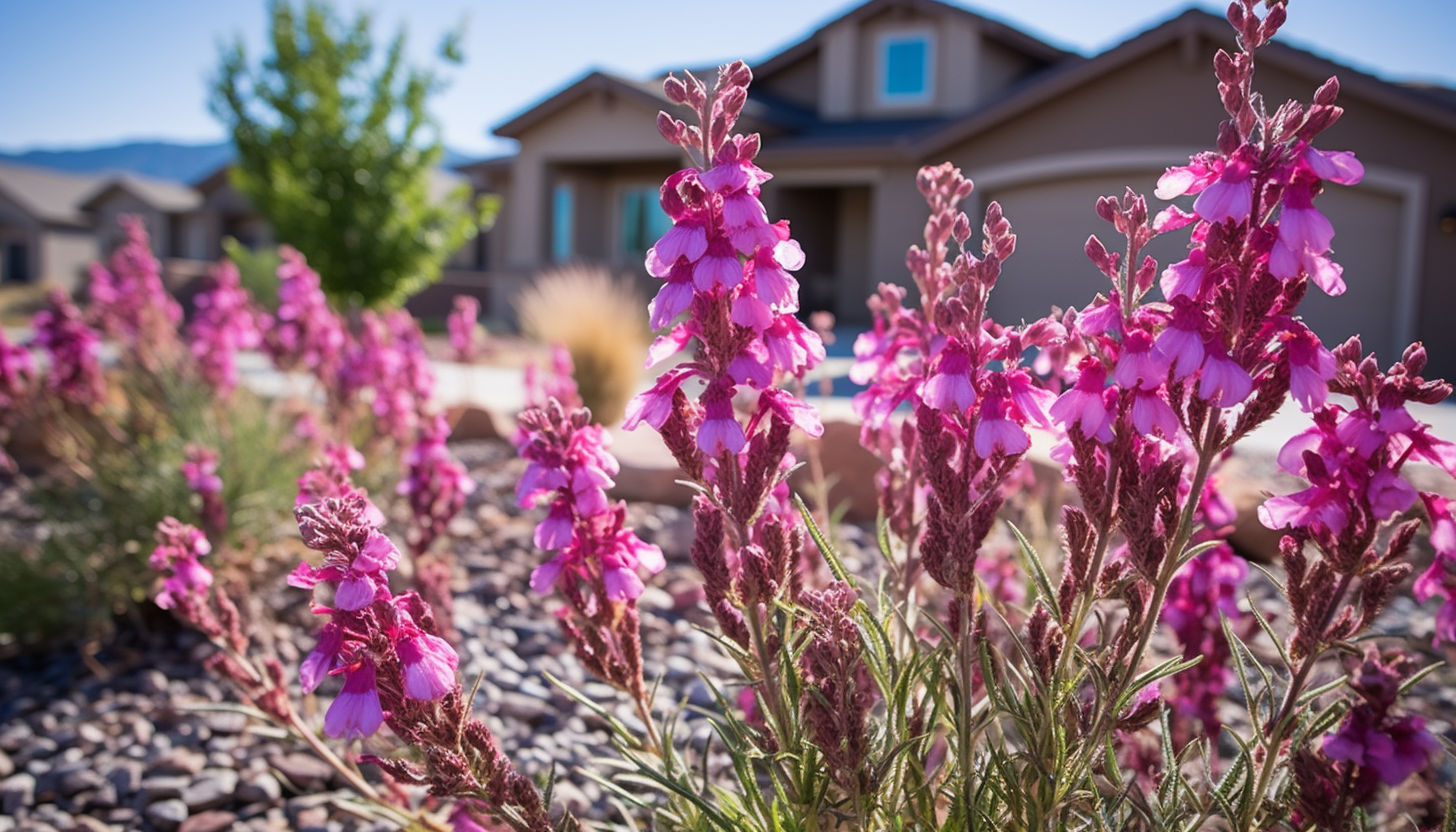Native ground covers are an increasingly popular choice for landscaping in Utah. These low-maintenance, low-growing plants are a great option for reducing water use and enhancing the beauty of your outdoor space. They are also great for controlling erosion and keeping weeds in check. In this post, we will discuss several types of native plants that can be used as ground covers in Utah, the benefits and challenges of using native ground covers, and how to choose the right native ground cover for your landscape.
Types of Utah Native Ground Covers
Agastache urticifolia (Nettle-leaf Giant Hyssop):
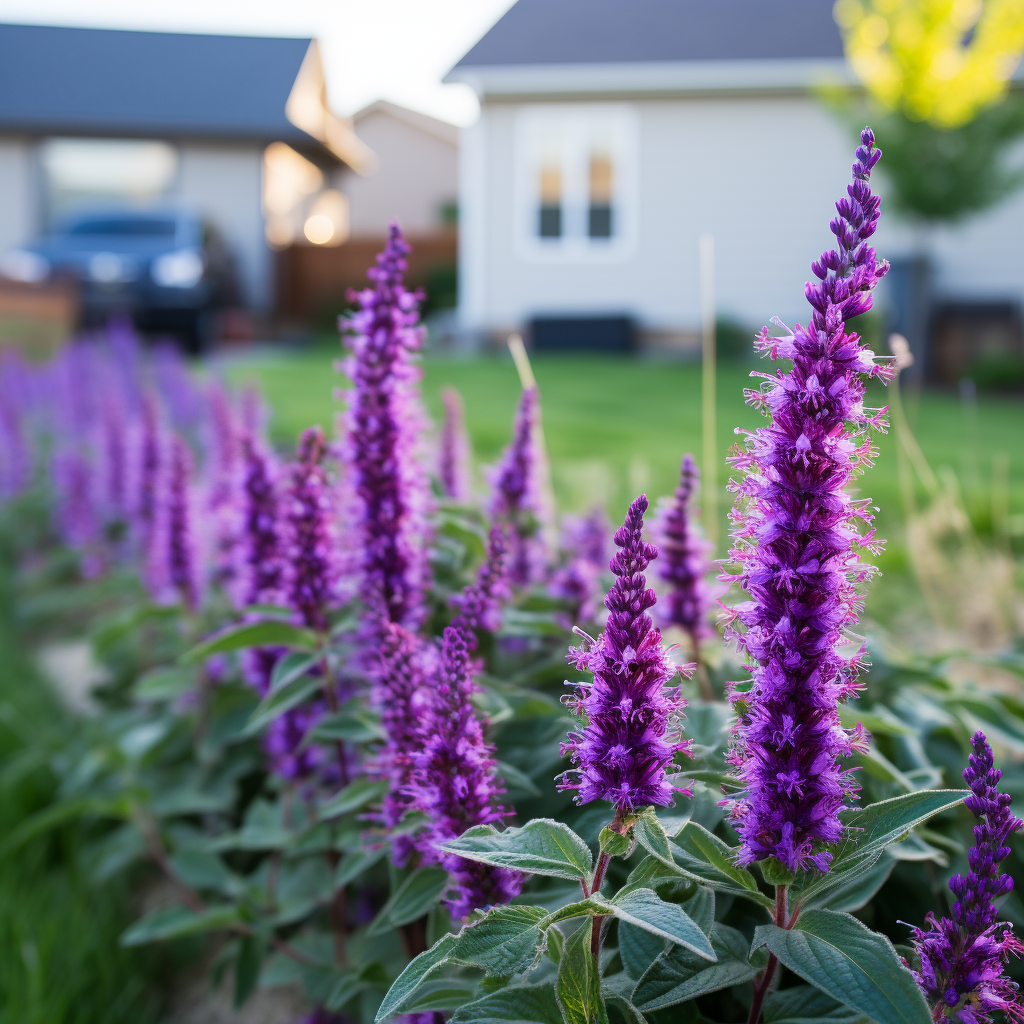
Agastache urticifolia, commonly known as Nettle-leaf Giant Hyssop, is a native Utah groundcover prized for its striking appearance and aromatic leaves. This drought-tolerant plant features tall spikes of lavender to purple flowers, which attract pollinators like bees and butterflies. Its serrated, nettle-like leaves add texture to the landscape and release a delightful minty fragrance when brushed against. Agastache urticifolia is a valuable addition to xeriscapes and native gardens, as it thrives in well-drained, rocky soils and full sun exposure, making it a perfect choice for Utah’s arid climate.
Artemisia tridentata (Big Sagebrush):
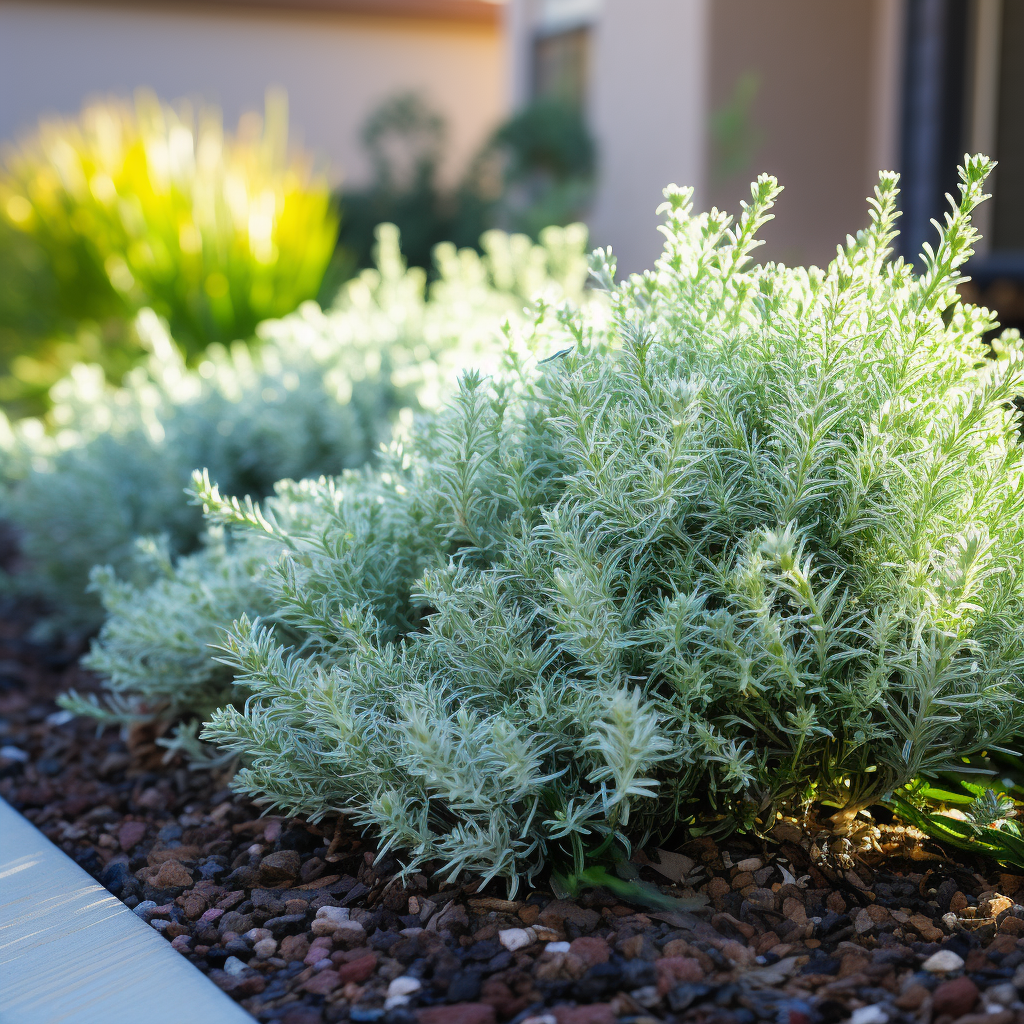
Artemisia tridentata, commonly known as Big Sagebrush, is an iconic native Utah groundcover that dominates many arid landscapes in the region. This hardy, evergreen shrub has silvery-gray, aromatic leaves that release a distinctive sage-like scent. Big Sagebrush provides critical habitat and food for various wildlife species, including sage-grouse and mule deer. Its extensive root system helps prevent soil erosion, making it an important plant for stabilizing the soil in arid regions.
Eriogonum corymbosum (Lacy Buckwheat):
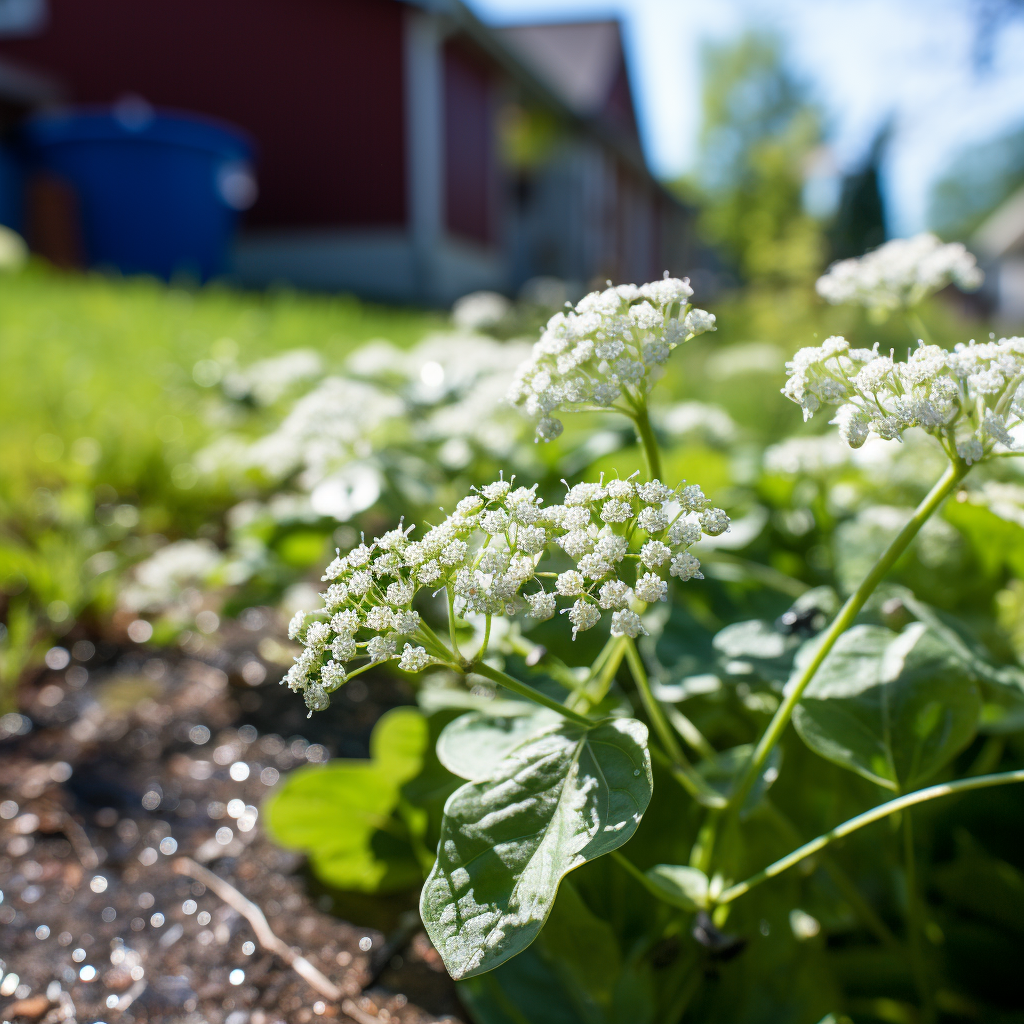
Eriogonum corymbosum, also known as Lacy Buckwheat, is a delightful native Utah groundcover that adds a splash of color to dry, rocky soils. This perennial wildflower features bright white, umbel-shaped flower clusters that attract butterflies and other pollinators. Its silver-gray leaves are drought-resistant and provide an attractive contrast to the white blooms. Lacy Buckwheat is well-suited for sunny, arid locations and is often found in desert gardens, rock gardens, and naturalized landscapes.
Heuchera sanguinea (Coral Bells):
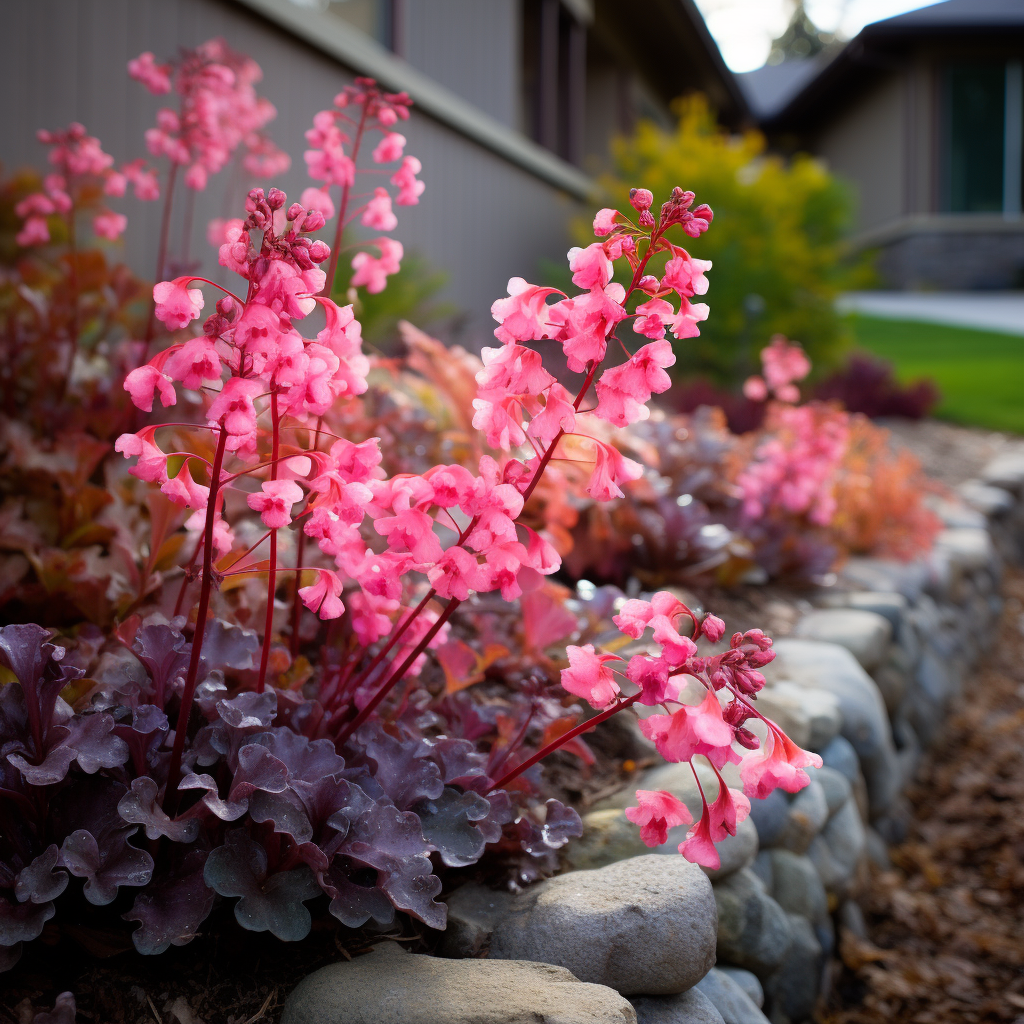
Heuchera sanguinea, commonly known as Coral Bells or Alumroot, is a vibrant groundcover appreciated for its colorful foliage and delicate, bell-shaped flowers. While not quite native to Utah, it is native to Utah’s southern neighbors — Arizona and New Mexico. This evergreen perennial offers a wide range of leaf colors, from deep burgundy and bronze to lime green and silver. In late spring to early summer, slender flower spikes rise above the foliage, carrying clusters of dainty, coral-red blooms that attract hummingbirds and butterflies. Heuchera sanguinea is an adaptable plant that thrives in both sun and partial shade, making it a versatile choice for borders, rockeries, or woodland gardens.
Mahonia fremontii (Fremont’s Mahonia):
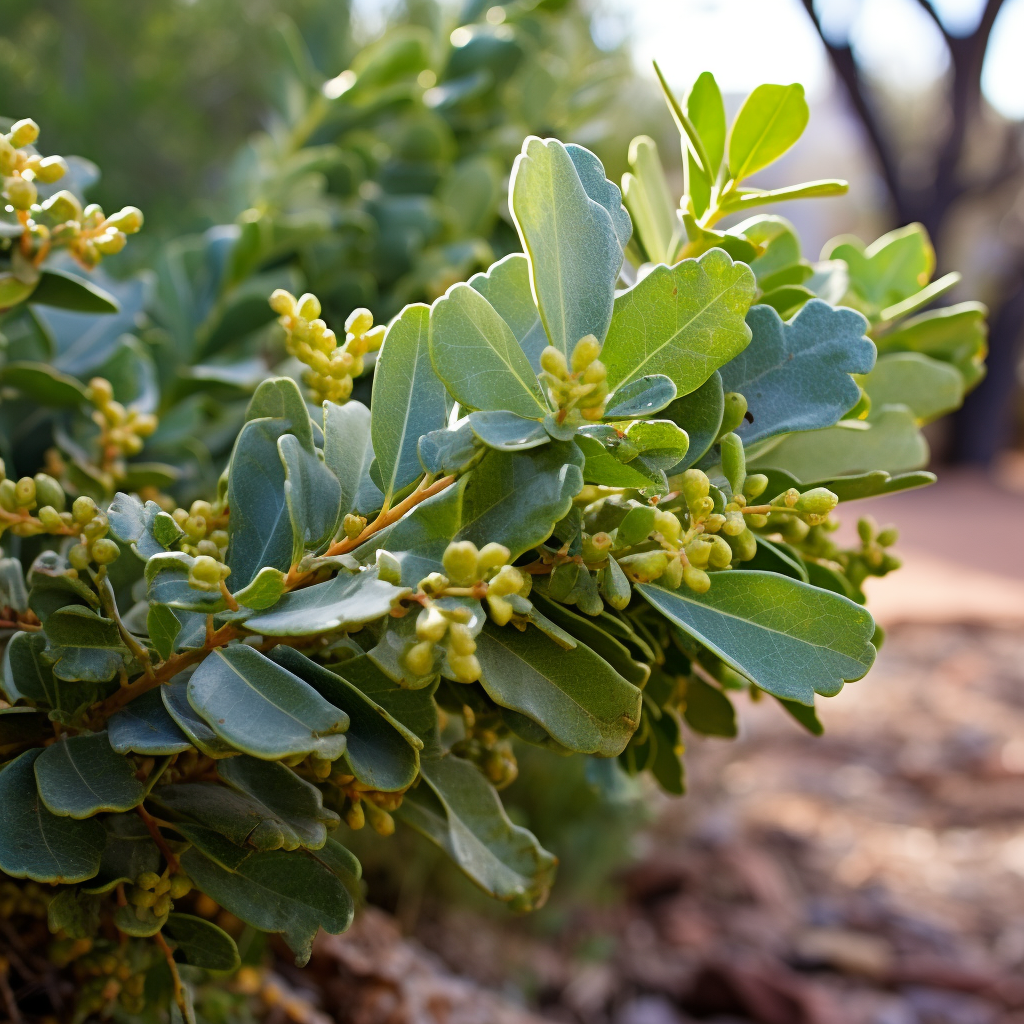
Mahonia fremontii, commonly known as Fremont’s Mahonia or Desert Hollygrape, is a native Utah groundcover that adds year-round interest to the landscape. This evergreen shrub features holly-like, spiky leaves that add texture and structure to the garden. In the spring, clusters of bright yellow flowers emerge, followed by clusters of bluish-black berries in the fall, attracting birds and wildlife. Mahonia fremontii is a hardy and drought-tolerant plant, making it an ideal addition to water-wise landscapes, rock gardens, or as a natural hedge in arid regions.
Antennaria rosea (Rosy Pussytoes):
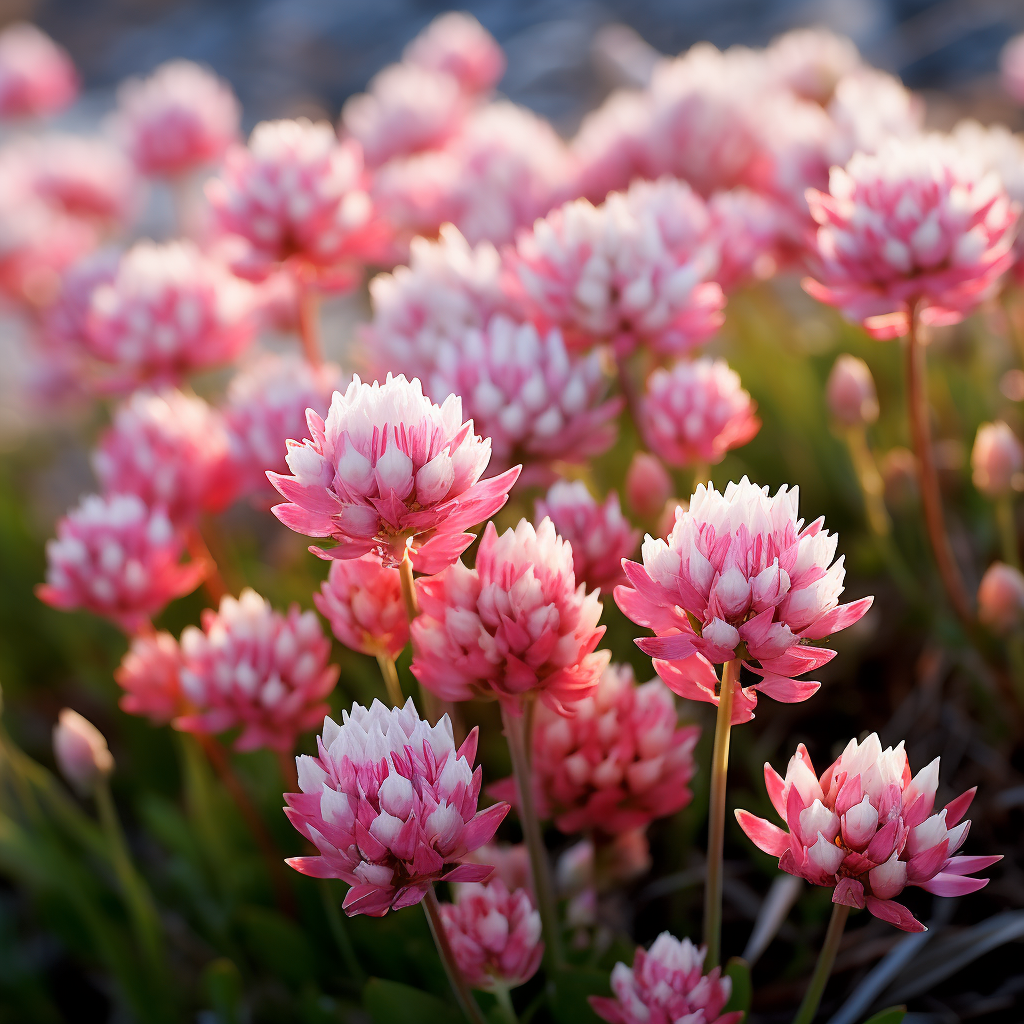
Antennaria rosea, commonly known as Rosy Pussytoes, is a charming native Utah groundcover that forms low, mat-like tufts of soft, grayish-green foliage. In the spring, it bursts into bloom with clusters of adorable pink to white flowers, resembling tiny cotton balls, hence the name “Pussytoes.” This tough and drought-resistant plant is well-suited for rocky or sandy soils in sunny to partially shaded areas. Not only does Antennaria rosea add beauty to the landscape, but it also serves as a valuable groundcover to control erosion on slopes and embankments.
Penstemon barbatus (Beardtongue):
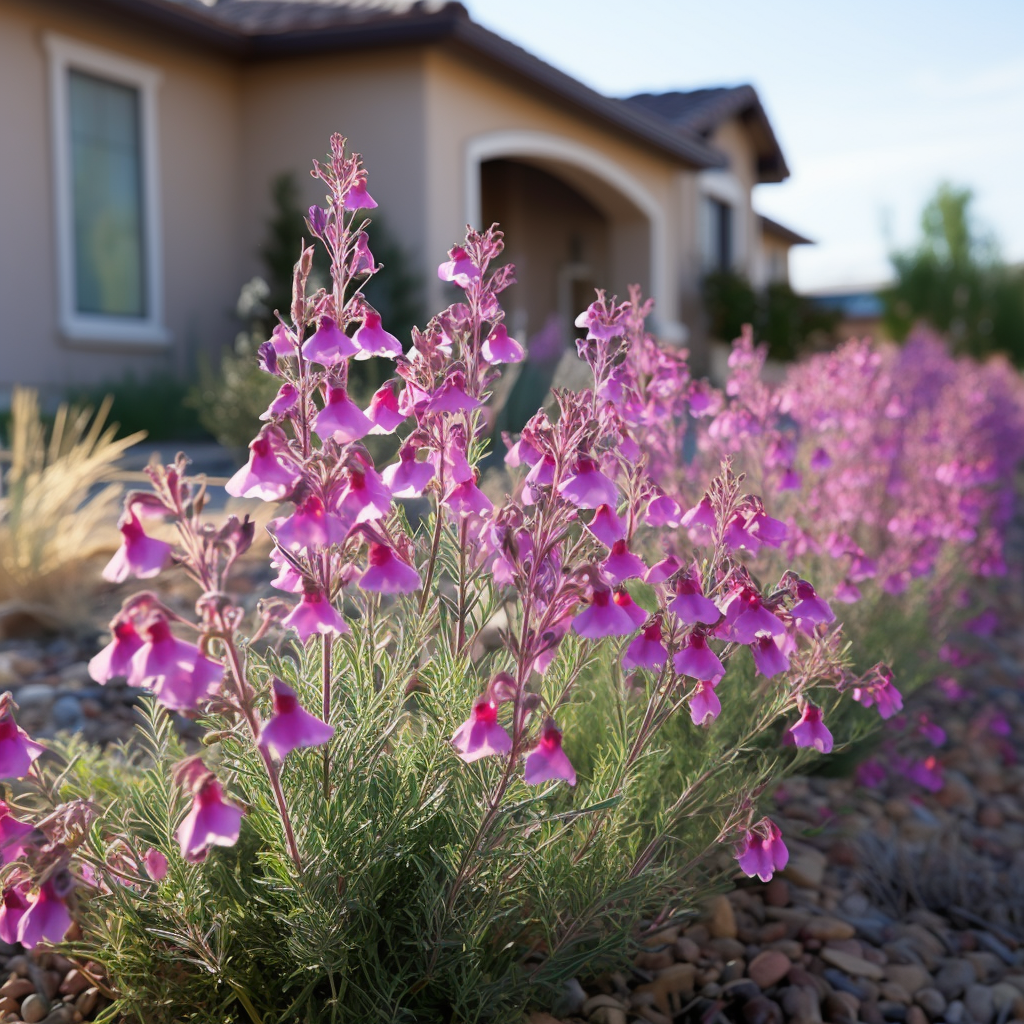
Penstemon barbatus, commonly known as Beardtongue or Scarlet Bugler, is a striking native Utah groundcover with eye-catching scarlet-red tubular flowers that bloom profusely in late spring to early summer. This perennial plant boasts lance-shaped, dark green leaves that form compact clumps, creating a carpet of color. Its nectar-rich flowers attract hummingbirds, butterflies, and bees, making it a valuable addition to pollinator-friendly gardens. Penstemon barbatus prefers well-drained soils and thrives in full sun, making it an excellent choice for xeriscapes, rock gardens, or wildflower meadows in Utah’s sunny landscapes.
Benefits of Using Native Ground Covers
Native ground covers are a great way to add texture, color, and life to your landscaping. They are also beneficial for reducing water use and controlling erosion in areas with steep slopes or slopes prone to erosion. Native ground covers are also low-maintenance and require very little upkeep, making them a great choice for busy homeowners who don’t have a lot of time to dedicate to lawn care. Additionally, native ground covers are great for keeping weeds at bay, eliminating the need for excessive herbicides.
Challenges of Using Native Ground Covers
Although native ground covers have many benefits, there are also some challenges to consider before planting. Some native ground covers require more maintenance and care than other types of plants. Additionally, some native ground covers are more susceptible to pests and disease than other plants, making it important to do your research before planting. Lastly, some native ground covers may not be suitable for areas with high foot traffic, such as pathways or play areas.
Choosing the Right Native Ground Cover
When selecting a native ground cover for your Utah landscape, there are several factors to consider. First, you should consider the size and growth pattern of the plant. Ground covers come in different sizes and some spread faster than others. Additionally, you should research the plants’ drought tolerance and sun requirements.
Once you have selected the right native ground cover for your landscape, it is important to plant and care for it properly. Before planting, it is important to prepare the soil by removing any weeds or rocks and adding fertilizer or compost. When planting, you should make sure to space the plants far enough apart to ensure they have the room to spread without overcrowding. After planting, it is important to water the plants regularly until established and keep them free of weeds.
Wrapping Up
Native ground covers are a great choice for Utah landscapes. They are low-maintenance, require less water than traditional plants, and are great for controlling erosion and keeping weeds in check. At a time when drought is pervasive across the American West, choosing native plants is the right move for both your wallet and the environment.
For a list of more native plants, check out USU’s list here.
Have an idea for content? Get in touch, we’d love to chat.

